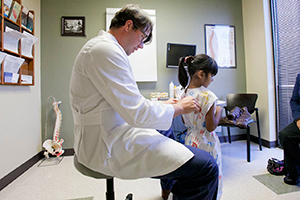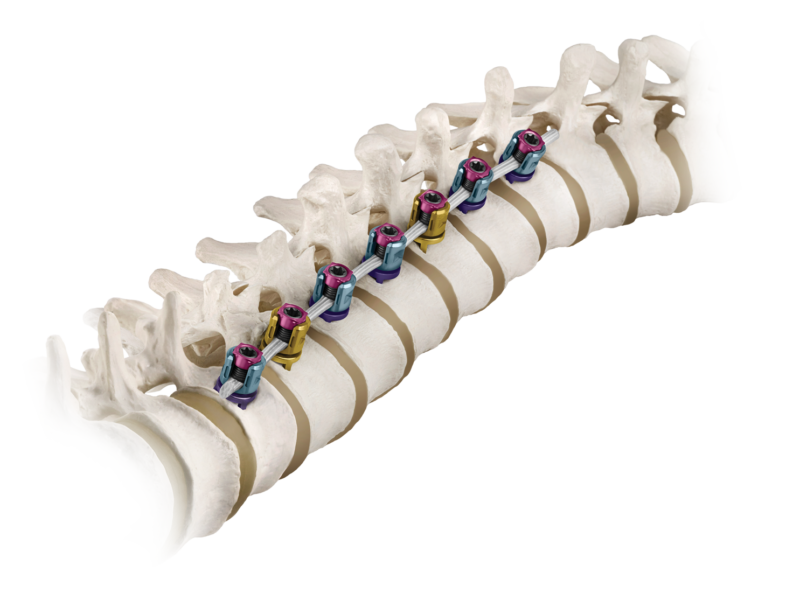
Learn more about the providers at Texas Spine and Scoliosis, the only spine specialized neurosurgery, orthopedic surgery, and non-surgical rehabilitation group in the central Texas area.
Nerve pain, also known as neuropathic pain, is a type of pain caused by damage, irritation, or dysfunction of nerves. Unlike pain from tissue injury (e.g., a cut or bruise), nerve pain arises from abnormal nerve signaling in the peripheral or central nervous system. It is often described as:
Nerve pain can be chronic or intermittent and is typically more challenging to treat than other types of pain because it stems from nerve dysfunction rather than direct tissue damage.
The spine is a central hub for the nervous system, housing the spinal cord and serving as the origin for spinal nerve roots that branch out to the body. Nerve pain related to the spine often results from compression, irritation, or damage to these nerve roots or the spinal cord itself. This can lead to neuropathic pain radiating to areas of the body served by the affected nerves, such as the arms (cervical spine) or legs (lumbar spine). Below is a detailed explanation of how nerve pain is connected to the spine.
Conditions like herniated discs, spinal stenosis, bone spurs, or vertebral fractures (e.g., from osteoporosis) can compress spinal nerve roots as they exit the spine. Compression irritates or damages the nerve, causing neuropathic pain that radiates along the nerve’s pathway (e.g., down the leg in sciatica).
Severe conditions like spinal stenosis or tumors can compress the spinal cord, leading to nerve pain in multiple areas of the body. Pain, weakness, or numbness in the arms, legs, or torso, depending on the level of compression (e.g., cervical for arms, lumbar for legs).
Inflammation from conditions like degenerative disc disease or arthritis can irritate nerves without direct compression. Localized or radiating nerve pain, often burning or tingling.
Procedures like ACDF or lumbar fusion can lead to nerve pain if nerves are irritated during surgery, scar tissue forms (epidural fibrosis), or hardware impinges on nerves. Persistent or new neuropathic pain post-surgery, potentially requiring further intervention.

Texas Spine and Scoliosis is a regional referral center for the treatment of back and neck pain and scoliosis

Learn more about the providers at Texas Spine and Scoliosis, the only spine specialized neurosurgery, orthopedic surgery, and non-surgical rehabilitation group in the central Texas area.
 Texas Spine & Scoliosis approved for the new BRAIVE scoliosis tethering study
Texas Spine & Scoliosis approved for the new BRAIVE scoliosis tethering study

Read about various patient success stories that have been performed by the physicians at Ascension Texas Spine & Scoliosis